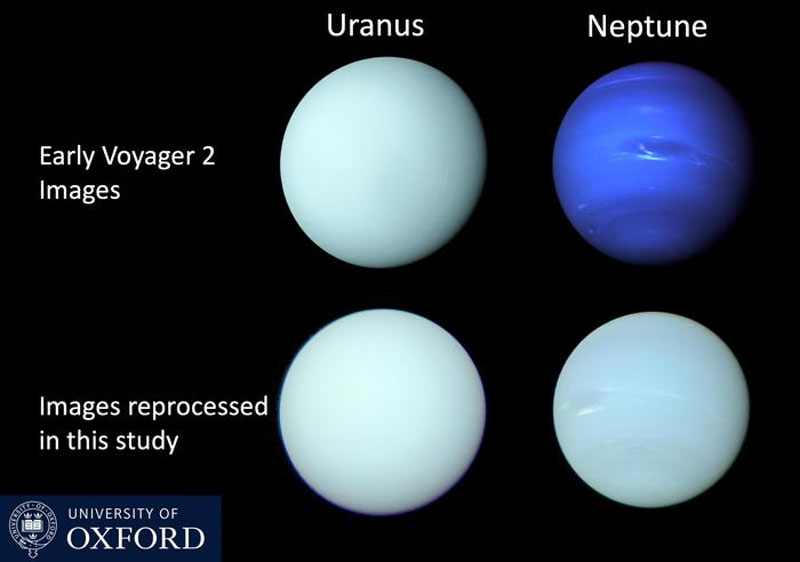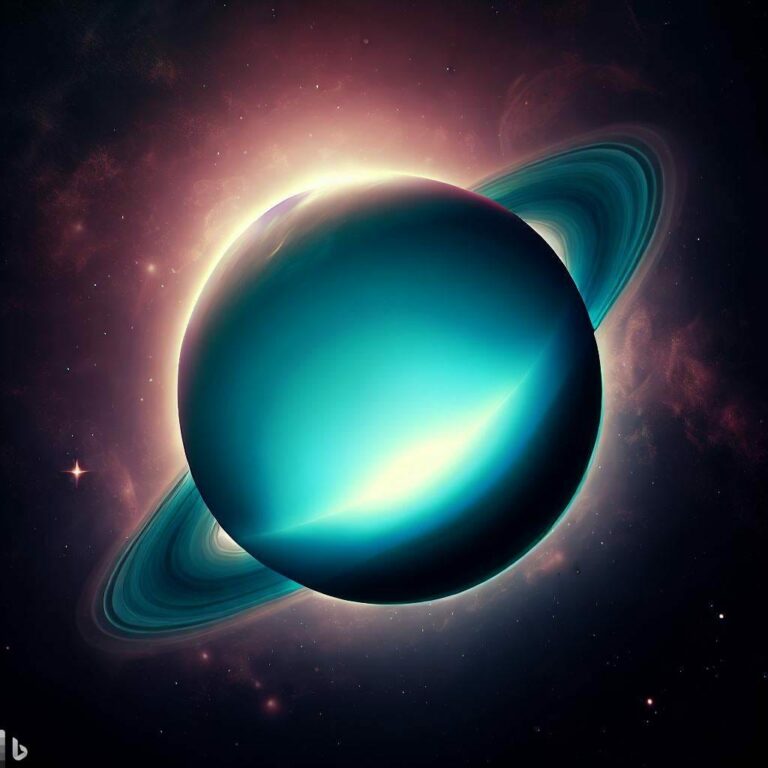What color is Neptune and Uranus 2024? New Study Reveals Surprising Truth
Neptune’s vivid blue hue and Uranus’s distinct green shade have long been recognized, yet a recent study has uncovered a surprising similarity in the colors of these ice giants, challenging prior beliefs.
Uranus and Neptune, the furthest planets in our solar system termed as ice giants, stand apart due to their unique composition, atmosphere, and rotational behavior. Yet, their definitive color and its seasonal variations raise intriguing questions.
Images captured by telescopes and spacecraft commonly depict Uranus and Neptune, displaying varying hues of blue and green. However, these representations might not accurately depict their true colors. These visuals stem from data gathered across diverse wavelengths, suggesting that the colors perceived in these planetary images may not mirror their authentic appearances.

Professor Patrick Irwin from the University of Oxford and his team revealed in their recent study that Uranus and Neptune exhibit a comparable greenish-blue hue. However, Neptune appears slightly bluer owing to a thin haze layer present in its atmosphere.
Contrasts should become clearer
Neptune’s hue closely resembles that of Uranus. Scientists employed data from the Hubble Space Telescope and the European Southern Observatory’s Very Large Telescope, capturing spectra for each pixel in the images. This method enabled the harmonization of composite color images obtained from Voyager 2 in the 1980s and the Hubble Space Telescope’s Wide Field Camera 3.
The findings revealed that the coloration of Uranus and Neptune is contingent upon the methane content in their atmospheres. Methane absorbs red light and reflects shades of blue and green, contributing to their distinctive hues.
Create clarity
“Planetary scientists were aware of the artificially enhanced color, even noting it in the captions, but this distinction faded over time,” notes Patrick Irwin, the lead researcher. The recent study seeks to restore clarity regarding the authentic appearance of these planets. Furthermore, it offers an explanation for the shifting colors observed on Uranus in relation to its changing seasons.
Uranus is sometimes greener, sometimes bluer
Uranus stands out as the most peculiar planet within our solar system due to its nearly perpendicular axis of rotation, causing its poles to alternate between facing towards and away from the sun. Consequently, the planet experiences extraordinarily prolonged seasons, where one pole basks in continuous sunlight while the other remains veiled in darkness.
Scientists have observed a correlation between Uranus’s coloration and its seasonal changes. During solstices, be it summer or winter at either pole, Uranus assumes a greener hue. This transformation occurs due to the formation of a methane-based icy fog, termed a “hood,” enveloping the sun-facing pole. This fog amplifies the reflection of green and red light, resulting in a brighter appearance of the planet.
Conversely, during equinoxes—akin to spring or autumn on Uranus—the planet adopts a bluer tint. This shift transpires as the fog dissipates, allowing the methane within the atmosphere to absorb more red light, consequently rendering the planet darker in appearance.
What color is Neptune?
Neptune predominantly exhibits a greenish-blue tone, akin to Uranus. Nevertheless, Neptune inclines a bit more towards the blue spectrum, attributed to a thin haze layer within its atmosphere. Thus, while both planets sport a shared color palette, Neptune possesses a subtle touch of blue in its overall hue.
What color is Uranus?
Uranus showcases a predominantly greenish-blue hue, akin to Neptune. Yet, its appearance varies, leaning towards either a greener or bluer shade contingent upon its seasonal changes. When one pole is sunlit, the planet takes on a greener tone owing to the reflective icy fog. In contrast, during the equinox, it transitions to a bluer hue as the fog dissipates, allowing more absorption of red light.
Refrence: https://doi.org/10.1093/mnras/stad3761
Do not forget to share your opinion with us to provide you with the best posts !




0 Comments